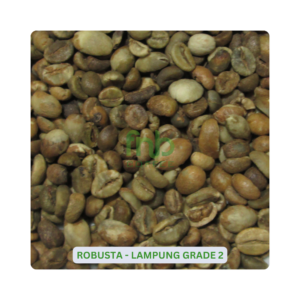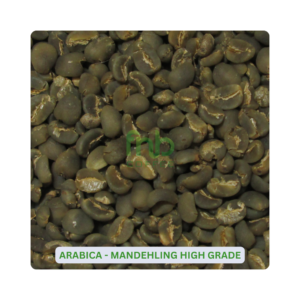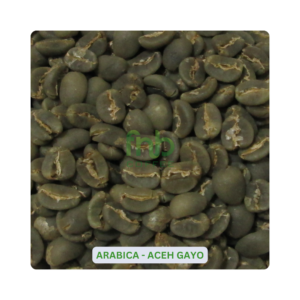

The coffee trade is a vital part of the global economy, influencing livelihoods, businesses, and even national GDPs. From small-scale farmers in Ethiopia to multinational corporations in Europe and North America, this industry connects millions of people worldwide. But what exactly is the coffee trade, and how does it impact economies?
In this article, FnBコーヒー will explore the fundamentals of coffee trading, its economic significance, key players, and how it shapes financial systems across the globe.
目次
トグル
The coffee trade refers to the buying, selling, and distribution of coffee beans on local and international markets. It involves multiple stages, including cultivation, harvesting, processing, exporting, roasting, and retailing.
Coffee is one of the most traded commodities in the world, second only to oil in some economic measures. The industry supports over 125 million people, including farmers, exporters, traders, and retailers.
Coffee trading operates through a complex supply chain:
The coffee trade is a multi-billion-dollar industry. According to the International Coffee Organization (ICO):
Several key players dominate the coffee trade:
The coffee trade significantly influences economies in several ways:
Millions of smallholder farmers rely on coffee as their primary income. In countries like Uganda and Guatemala, it supports entire communities.
For many developing nations, coffee exports are a crucial source of foreign currency, helping stabilize economies.
Coffee prices are highly volatile due to climate change, political instability, and speculation. Farmers often struggle with low prices, while traders profit from market swings.
Growing consumer demand for ethically sourced coffee has led to certifications like Fair Trade そして Rainforest Alliance, improving farmer wages and sustainable practices.
あわせて読みたい: Top 9 Fair Trade Coffee Brands for Coffee Lovers
As demand grows, the coffee trade faces challenges and opportunities:
The coffee trade is more than just a commodity market—it’s an economic lifeline for millions. From small farms in Latin America to stock exchanges in New York and London, this industry drives growth, supports livelihoods, and fuels daily rituals worldwide.
Understanding its dynamics helps us appreciate the complex journey of every cup—and the economic forces that shape it.
インドネシア産コーヒー生豆の購入に興味がありますか?お電話でのお問い合わせは WhatsApp いつでも +62 811 6171 777 または 電子メール info@fnb.coffee




FnB Coffee Indonesiaは、インドネシア産コーヒー生豆の卸売りを専門としています。企業間卸売とバルク流通に重点を置き、世界中のお客様に最高級のインドネシア産コーヒー豆のみをお届けしています。
© 2025 Copyright FnB Coffee Indonesia, All rights reserved.
ジャカルタ事務所
Gedung Menara Sentraya, lantai 39, Jl. Iskandarsyah Raya No.Melawai, Kec.Kebayoran Baru, Jakarta Selatan 12160.
倉庫
Jl Medan - Binjai.ムリョレジョ
Kec.スンガル, Kabupaten Deli Serdang
スマテラ・ウタラ20351
プランテーション
ボアンマナル・サラク
Kec.Pakpak Bharat県Salak市
スマテラ・ウタラ22272
スペシャルティコーヒー加工計画
デサ・ポンドック・バリック
Kec.Kabupaten Aceh Tengah, Ketol、
アチェ24566
お電話でのお問い合わせ
+62 811 6171 777
info@fnb.coffee